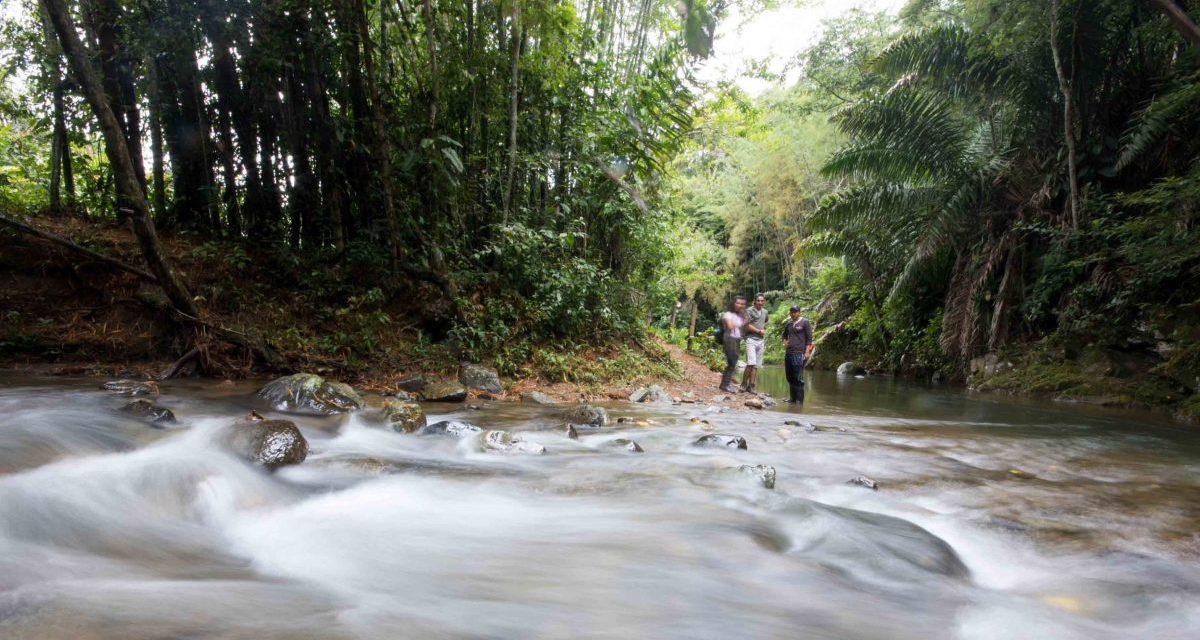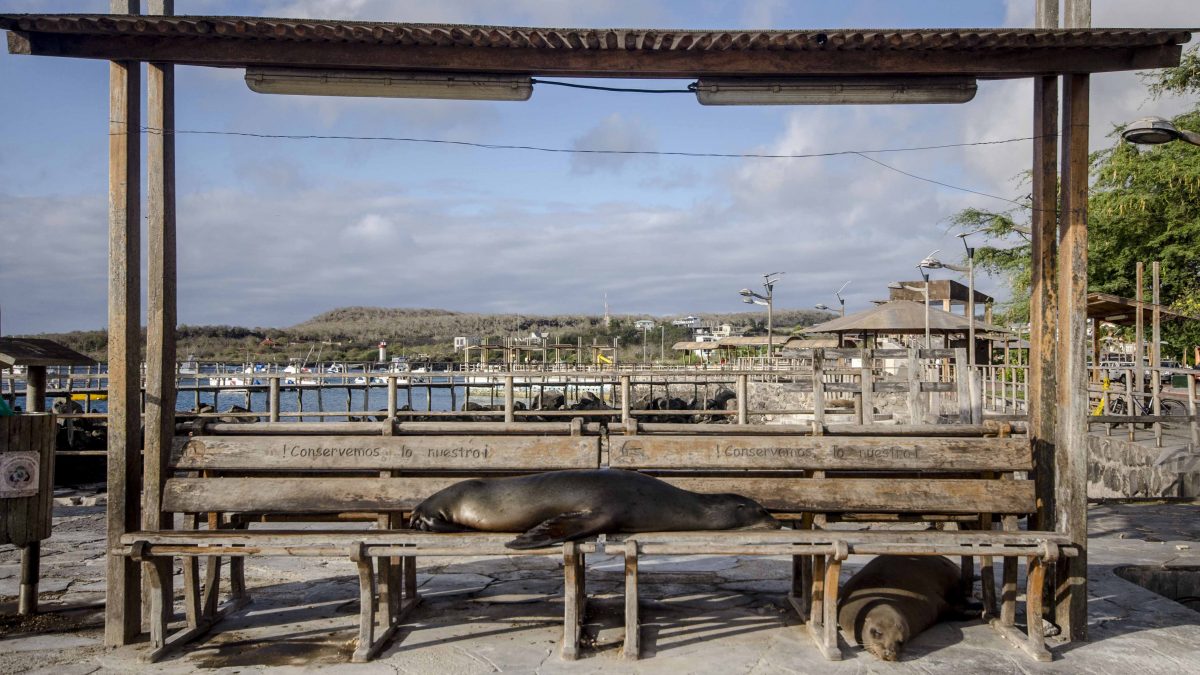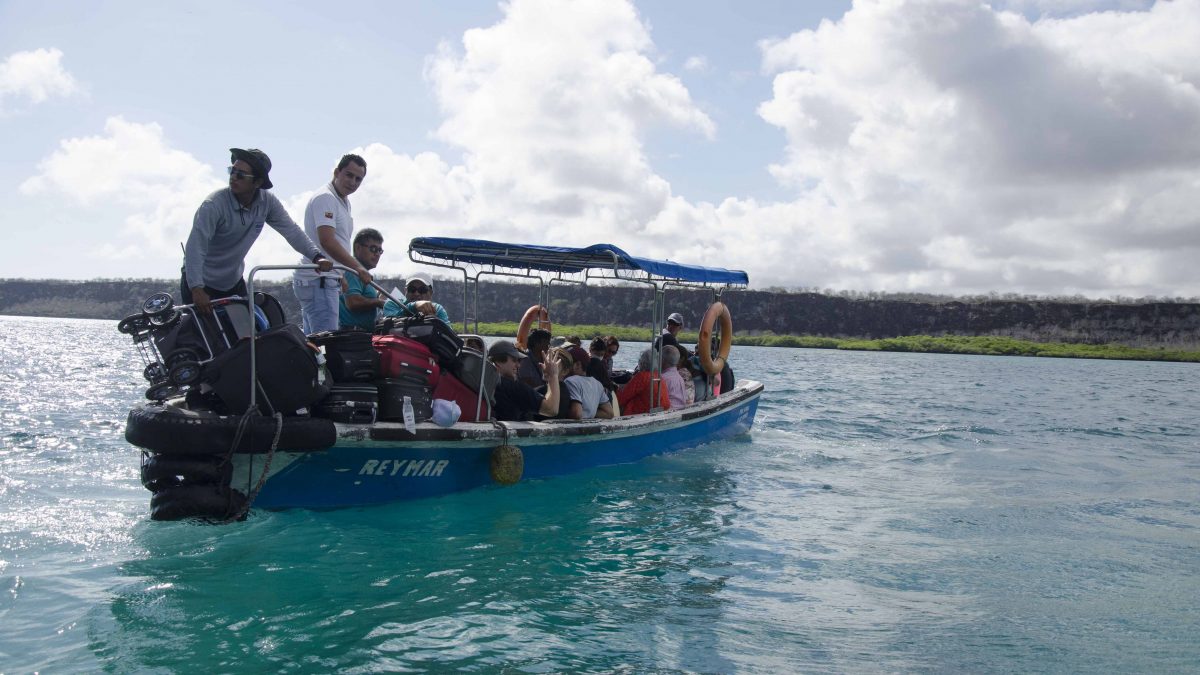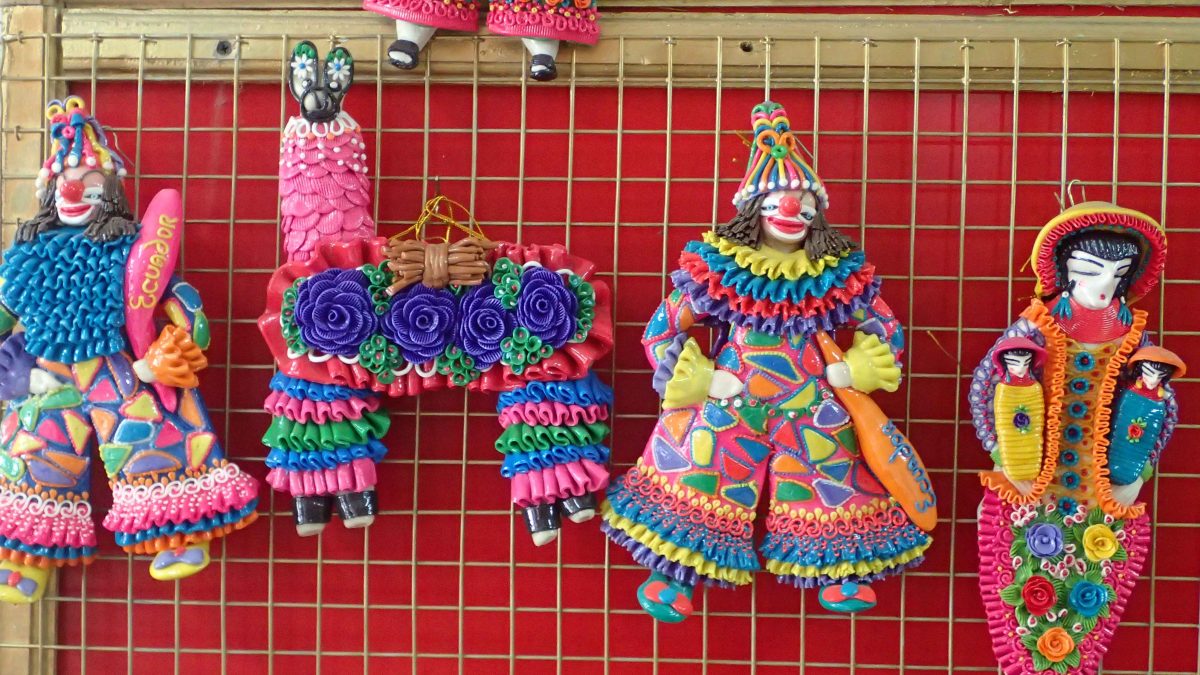As responsible travelers evolve, so do the stories we share.
This article is part of our living archive — trusted content we continue to care for.
First published on August 23, 2023 • Last updated on August 31, 2023.
This past Sunday, Ecuadorians passed two referendums, sending a clear signal to the government that the environment takes precedence over mineral extraction. In the first, Ecuadorians voted to halt oil drilling in the Yasuní National Park. In the second, they voted to prevent mining in the Choco-Andino Biosphere.
Halting Oil Production in the Yasuní
Over 58% of Ecuadorians voted YES in response to this question:
Are you in agreement that the Ecuadorian government should keep the crude oil in the ITT, known as Block 43, in the ground indefinitely?
Ecuadorians are celebrating this big win, especially the Yasunidos, a coalition that has worked for more than a decade to see this vote take place. In order to understand the joy felt, it is important to be aware of the history of the ITT.
A Short History of the Ishpingo – Tiputini – Tambococha Oil Fields
In the early 2000’s, Ecuadorian President Rafael Correa proposed a unique solution for the Ishpingo – Tiputini – Tambochocha (ITT) oil fields. At the UN General Assembly of 2007, he launched the Yasuní – ITT initiative. In return for $3.6 billion from the international community, Ecuador would leave the oil from this field in the ground. By 2012, a total of $200 million has been pledged.
At the time, this agreement was ground breaking and seen as a potential new way to support communities willing to put the environment before oil profits. The funds would have created a new economic model, transitioning Ecuador from an extractive economy to a sustainable one.
However, in 2013, President Correa cancelled the initiative, claiming that the “world has failed us.” In reality, lobbying from the petroleum industry became too hard to ignore. By 2016, drilling had started.
Yasunidos Consistent Advocacy Pays Off
Enter the Yasunidos, a group of young activists dedicated to preventing the government from drilling oil in the Yasuní-ITT. Almost immediately after Correa’s decision to halt the Yasuní-ITT initiative, they decided to hold a referendum. They gathered more than 750,000 signatures to place the referendum on the ballot, a right enshrined in Ecuador’s constitution. However, the Ecuadorian National Electoral Council annulled 60% of the signatures. It took ten years of legal challenges, peaceful protests, community education, and so much more to see the referundum finally make it to the ballot this year.
Therefore, when news came of this resounding YES vote, Yasunidos are rightly celebrating.
The Choco-Andino Wins Big
The results for the Choco-Andino come from 4 different questions. Each ask about a different level of mining beginning with artisanal mining, very often an illegal activity that is commonly practiced throughout Ecuador:
Do you agree with prohibiting the operation of artisanal metal mining within the Important Region of Ecological, Cultural and Sustainable Productive Development made up of the territories of the parishes of Nono, Calacalí, Nanegal, Nanegalito, Gualea and Pacto, which make up the Mancomunidad of the Andean Chocó?
The next three questions asked about prohibiting mining operations in the same location for small, medium, and large mines. Each of the four received the same percentage fo the vote. A resounding 68% of the electorate voted in favor. The message is clear – do not mine in the Choco-Andino.
Quito Sin Mineria Key To Yes Vote
As with the Yasuní vote, the referendum in the Choco-Andino came about because of the advocacy and hard work of an organization. In this case, it was Quito Sin Mineria that made the case.
Future of Mining in Ecuador
While these referendums are clear signs that a majority of Ecuadorians want see their country rely less on mining, it will be a difficult road ahead. Already, lobbyists and business owners are crying foul.
What Ecuador needs at this moment is an an influx of eco-tourists – the kind that support community-run tourism projects, hire local guides, and pay the taxes that accompany such a trip. Ecuador needs to demonstrate that eco-tourism can change lives. They can only do that if eco-tourists join the cause.






















